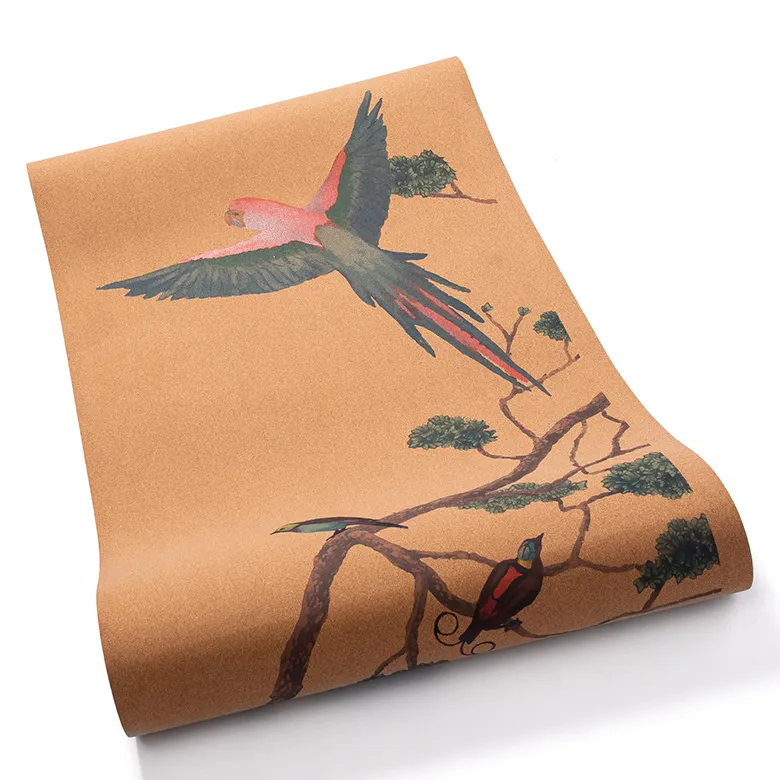Choosing the Right Yoga Mat:
Material Matters: Consider the material that aligns with your practice. Natural rubber offers excellent grip, PVC is durable but less eco-friendly, cork provides antimicrobial properties, and organic cotton or jute mats are biodegradable.
Thickness and Comfort: Thicker mats offer more cushioning for joints but might compromise stability in balancing poses. Standard thickness (1/8 inch to 1/4 inch) strikes a balance between support and stability. Thinner mats (1/16 inch to 1/8 inch) provide a closer-to-the-ground feel.
Size and Portability: Standard mats are around 24 inches wide and 68 inches long, suitable for most practitioners. Taller individuals might prefer longer mats (72 inches). Travel-sized mats offer convenience but limited space.
Eco-Friendly Options: Look for mats made from sustainable materials like natural rubber, cork, or organic cotton. Check for certifications like OEKO-TEX or GOTS for eco-conscious choices.
Maintenance Tips:
Regular Cleaning: Use natural solutions like water and vinegar, mild soap, or lemon juice to clean your mat. Air dry it completely after cleaning.
Avoid Harsh Chemicals: Steer clear of harsh chemicals that could damage the mat’s material or harm the environment.
Proper Storage: Roll the mat loosely when not in use and avoid storing it in direct sunlight to prevent material degradation.
Mindful Use: Practice on your mat mindfully, using alignment lines and spatial cues to improve posture and balance.
Choosing the right yoga mat involves considering materials, thickness, size, and eco-friendliness. Regular maintenance ensures longevity, making your yoga practice more comfortable and sustainable.


